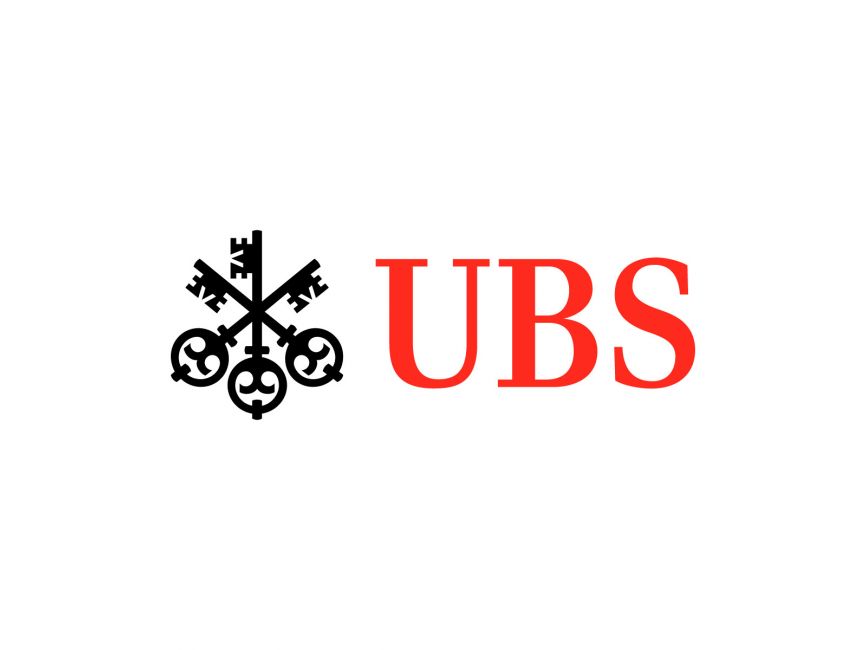China has punished investors in recent years, however, fund selectors are divided on the merits of ETFs capturing emerging markets while excluding their largest constituent.
This debate resurfaced after UBS Asset Management launched the UBS ETF MSCI Emerging Markets ex-China UCITS ETF (EMXCN) on 31 August with a total expense ratio (TER) of 0.16%.
While allocating to 23 emerging economies, EMXCN’s index notably excludes the country comprising almost 31% of the parent MSCI Emerging Markets index.
UBS AM joins a raft of ETF issuers offering the same exposure including the Lyxor MSCI Emerging Markets ex China UCITS ETF (EMXC), which launched in July 2019, as well as products from Amundi and BlackRock.
Though removing almost a third of the market cap of large and mid-cap listed emerging markets might seem like a drastic move, this decision has paid dividends in recent years with the ex-China index outperforming its vanilla counterpart by 20% over the past three years, as at 10 September.
Underlining China’s laggard status, the MSCI China index returned -38.8% over the same period as the influence of large companies came into regulatory focus.
Between November 2020 – when Alibaba’s Ant Group had its IPO suspended – and the end of 2021, the Chinese Securities Regulatory Commission (CSRC) filed more than 50 anti-trust cases against Chinese companies ranging from DiDi to Alibaba for alleged monopolistic or uncompetitive behaviour.
The Chinese Communist Party (CCP) also introduced a raft of legislation effectively ending the Chinese online private tutoring industry buoying the likes of TAL Ed Group while steep restrictions on video gaming hampered large-caps including Tencent.
Many had hoped the move to loosen lockdown restrictions at the end of last year would mark a turning point for the country, however, China’s factory output remains underwhelming and property sector risks continue to loom.
Add to this a US House of Representatives Committee’s decision to begin investigating asset managers and index providers – including MSCI – for facilitating investments in blacklisted Chinese companies – and it is evident geopolitical tensions with the west remain high.
The combination of these factors go some way to explaining why investors have pulled a sizeable $3.5bn out of passive, ‘China-heavy’ strategies over the past month, as at 10 September, according to data from Bloomberg.
The buyer view on ex-China ETFs
Peter Sleep, senior investment manager at 7IM, said there is a strong rationale for stripping China out of emerging market exposures from both a risk management and portfolio construction perspective.
“China is correlated with the rest of the world but also has its own idiosyncratic risks as we have seen in the last two to three years,” Sleep said. “Being able to trade China and emerging markets ex-China separately makes a lot of sense.
“China is the world’s second biggest equity market and the world’s second biggest bond market. If it makes sense to break out Japan from the rest of Asia, then it surely makes sense to break out China from the rest of the emerging markets.”
However, he added investors should bear in mind what will be left in the basket after the largest country exposure is sidelined.
For instance, Taiwan and India become the largest countries in the new benchmark, meaning the tech sector – led by TSMC – comprise nearly 25% of the index, while China’s absence removes several large consumer names included in the parent benchmark.
On the flip side, removing China from the wider emerging market index allows investors to be more precise with their China allocation, be that through H-Shares or A-Shares exposure.
Alex Brandreth, CIO at Luna Investment Management, argued UBS AM’s launch is looking to capitalise on the undercurrent of weak China sentiment, rather than currently being an essential tool for emerging market allocations.
“China has been a horrible place to invest for the past three years so I am not surprised investors are asking for this product – China has been the biggest detractor of emerging market returns,” Brandreth said.
“Ex-China products will be useful in future, especially if it ever gets to 60-70% of emerging market benchmarks, but at 30%, it is not big enough to warrant removing from the index completely from a portfolio construction perspective.
“The Asia-Pacific ex-Japan and other indices launched when Japan was at its biggest and dominating the market – China is significant but not yet at that stage.”
While noting the merits of ex-China ETFs and the country’s geopolitical and policy risks, Brandreth said a prolonged bear market has seen equity indices trade at some of the cheapest multiples they have done in recent times and in turn, his team “would be edging more into China to take advantage”.
“While the UBS product is interesting and something we may consider in future if our view on China changes, China stands out to us as the cheapest emerging market at the moment. Other ETF issuers are also looking at ex-China exposures so it is definitely a trend that is picking up.
“In a weird way, these products might be ringing the bell for the market to start to rally, because issuers can launch a bunch of strategies addressing a theme as it approaches an inflection point. I think about the mortgage bond funds being generated in 2007-2008 at the time of the Global Financial Crisis.”







